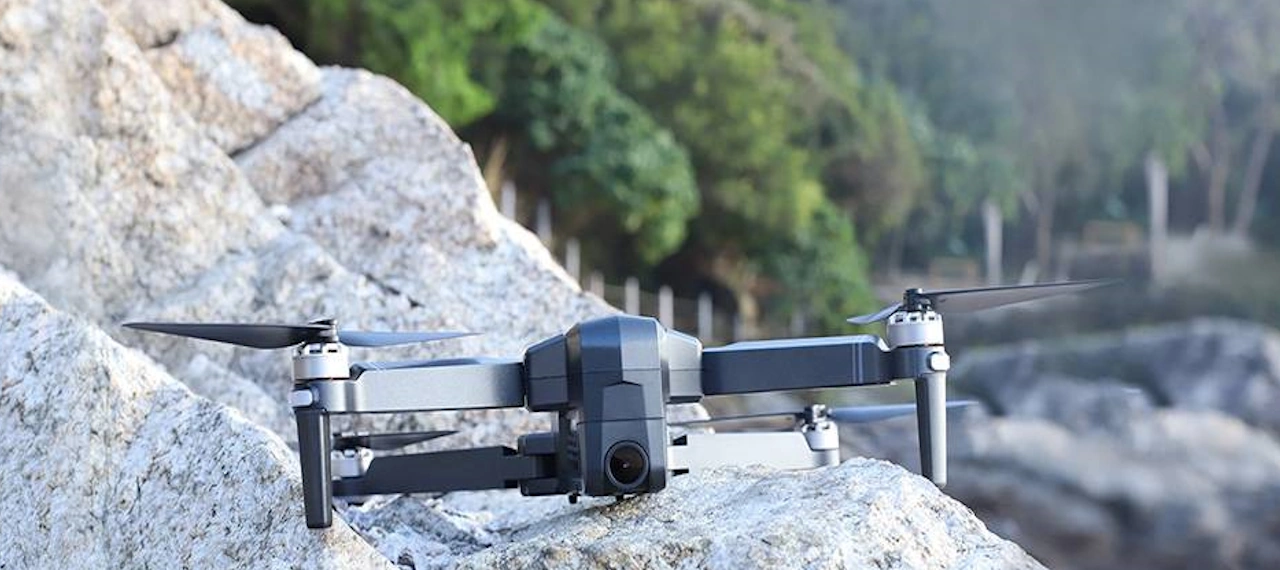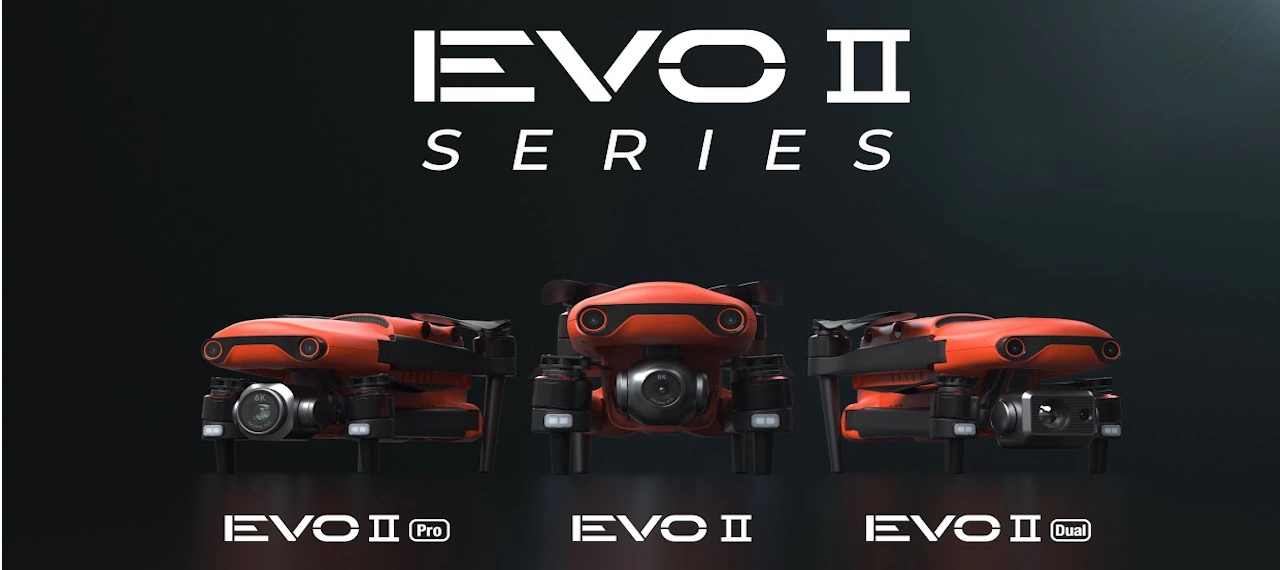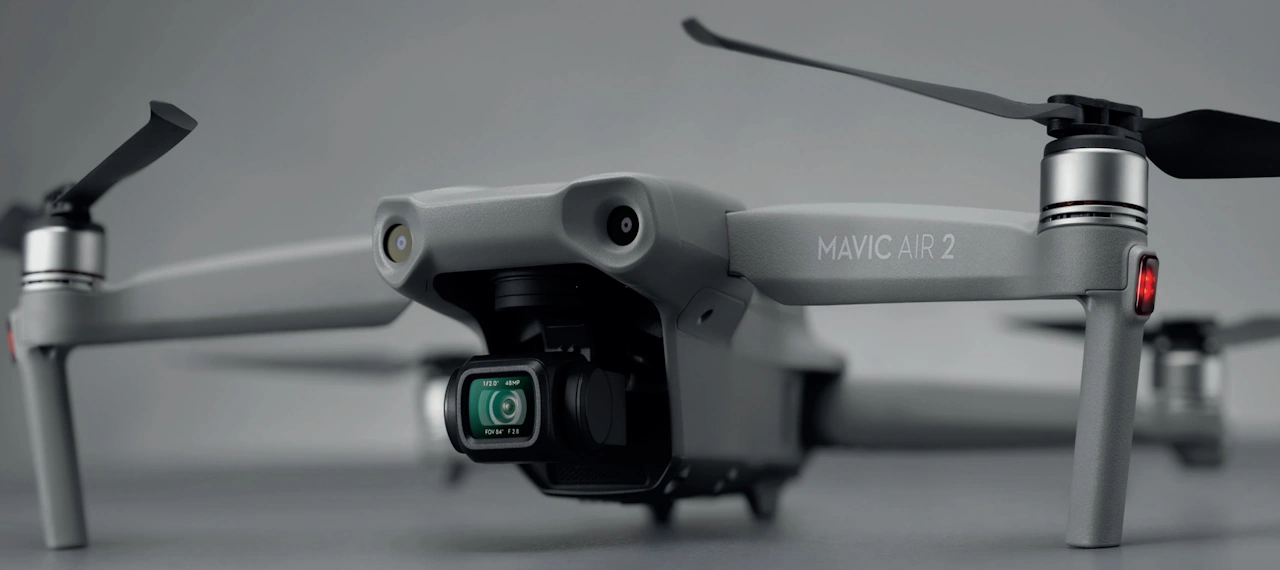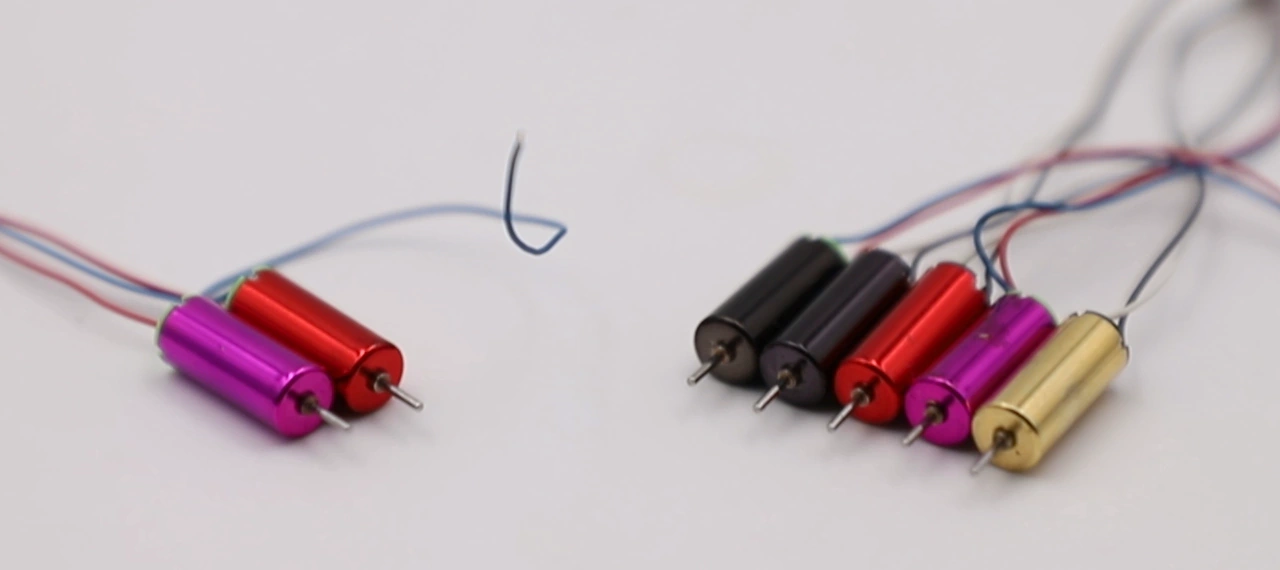Unraveling the Mechanics: How Drones Work
Drones have become increasingly prevalent in our skies, capturing breathtaking aerial footage and performing a range of tasks. But have you ever wondered how these unmanned aircraft work? In this comprehensive guide, we will delve into the mechanics behind drones, unraveling their inner workings. From flight controls to propulsion systems, we’ll explore the key components that enable drones to take flight. By the end of this article, you’ll have a solid understanding of the fundamental principles and technologies that power these remarkable flying machines.

Flight Controls: Stability and Maneuverability
Drones utilize sophisticated flight control systems to maintain stability and maneuverability in the air. These systems consist of three main components: an inertial measurement unit (IMU), flight controller, and gyroscopes. The IMU measures the drone’s orientation, acceleration, and angular velocity, while the flight controller processes this data and makes real-time adjustments to stabilize the aircraft. Gyroscopes play a crucial role in detecting angular motion and ensuring precise control.

Propulsion Systems: Lift and Thrust
Drones rely on propulsion systems to generate lift and thrust, allowing them to take off and move through the air. Most drones utilize electric motors coupled with propellers. These motors convert electrical energy from the drone’s batteries into mechanical energy, which drives the propellers to generate thrust. By adjusting the speed and rotation of the motors, drones can control their altitude, direction, and speed.

Navigation and Positioning: Sensors and GPS
To navigate and maintain their position in the air, drones employ a variety of sensors and positioning technologies. Accelerometers, magnetometers, and barometers help measure altitude, direction, and atmospheric pressure, respectively. Additionally, GPS (Global Positioning System) receivers provide accurate positioning information by utilizing signals from satellites. This combination of sensors and GPS enables drones to perform autonomous flights, follow predefined routes, and accurately hold their position in a specified location.

Onboard Cameras and Sensors: Visual Perception
Many drones are equipped with onboard cameras and sensors, enabling them to capture images, record videos, and gather data during flight. These cameras and sensors may include high-resolution cameras, thermal imaging cameras, LiDAR sensors, or multispectral cameras, depending on the specific application. Advanced drones can process and analyze the visual data in real-time, allowing for object detection, obstacle avoidance, and even autonomous tracking of subjects.

Remote Control and Communication: Piloting and Data Transmission
Drones are typically operated remotely using a ground-based controller or mobile device. The pilot uses joysticks, buttons, or touchscreen controls to maneuver the aircraft, adjust altitude, change flight modes, and activate various features. Communication between the drone and the remote controller occurs through radio frequencies or wireless protocols, ensuring reliable and responsive control.
In Conclusion
Drones are fascinating machines that rely on a combination of flight controls, propulsion systems, navigation technologies, onboard cameras and sensors, and remote control systems to achieve flight and perform a multitude of tasks. By understanding the mechanics behind drones, including their flight controls, propulsion systems, navigation and positioning capabilities, onboard cameras and sensors, and remote control and communication systems, we gain insight into the incredible technology that powers these aerial marvels. Whether you’re an enthusiast, a professional, or simply curious, grasping the inner workings of drones allows you to appreciate their capabilities and opens up a world of possibilities in the ever-expanding field of unmanned aerial systems.